The history of ideas in physics has been evolving or revolving a lot around the wave-particle-duality. Even if the basic debate by now is about a century old, we still need to come to grips with this challenging notion that light is not just a beam and nice colors through a prism yielding a spectrum of frequencies, but it can emit material matter called photons that have a non-zero value(s) of energy.
Max Planck came up with the formula E = h × f, where h is the Planck constant, E the energy and f the frequency of the photon. The synthesis of Einstein’s light quanta and De Broglie’s matter waves became the foundation of quantum mechanics.
The exciting evolution of physical ideas results in the state of the “art” view that, for example, light can take both forms, wave and particle, at the same time. Quantum mechanics has become a thriving field in physics and is currently transforming the world of computing in the 21st century. The amounts of funds invested in the race of applications of quantum computing across the globe are “astronomic” and have become part of dual-use spending of research funding. Encryption of information or access codes are of growing importance for civil (banking, mobility, health info) or military purposes. The speed of quantum processors will allow cracking of codes much faster and therefore new dangers are looming in many fields. It is a rather competitive field, which has evolved a lot from the original wave and/or particle vision of the world (of physics).
For social scientists there are several examples of applications of the concepts of quantum mechanics to social and behavioral sciences (Link 1, Link 2). Hard to predict, whether the wave and/or particle view will dominate the social applications of elements of the history of ideas in physics. New concepts in science challenge our traditional science-based thinking about time, space and space-time with implications even for our understanding of causality and covariance.
(Image of Dice icoshahedron (animated 3D image) from Egypt, dated to 2nd century before our time, BNF, Paris) 
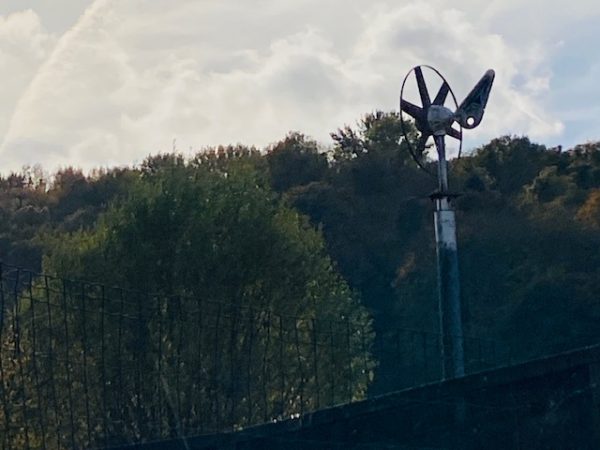


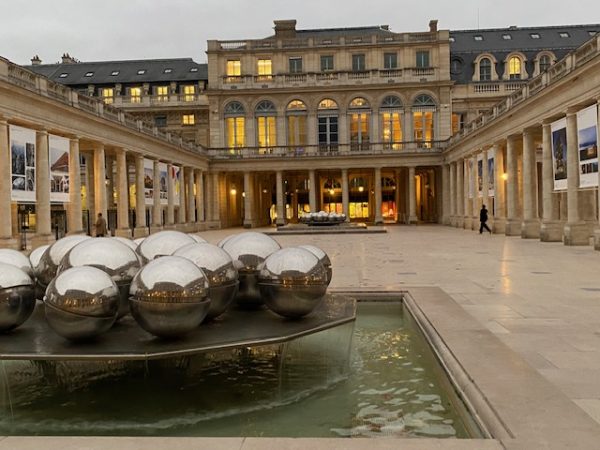























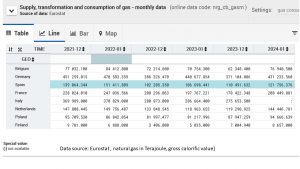 The comparison of December and January figures across years reflect the months with high sensitivity of the public for heat and cold. Further reductions of gas consumption is feasible due to the mild winter months of 23/24 which allow to reduce heating costs for many households and offices. Good news for the planet and hopefully a move in the right direction to shift away from heating with gas.
The comparison of December and January figures across years reflect the months with high sensitivity of the public for heat and cold. Further reductions of gas consumption is feasible due to the mild winter months of 23/24 which allow to reduce heating costs for many households and offices. Good news for the planet and hopefully a move in the right direction to shift away from heating with gas. 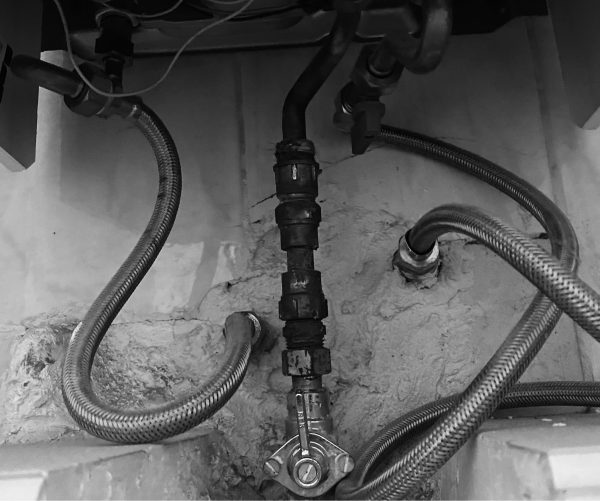
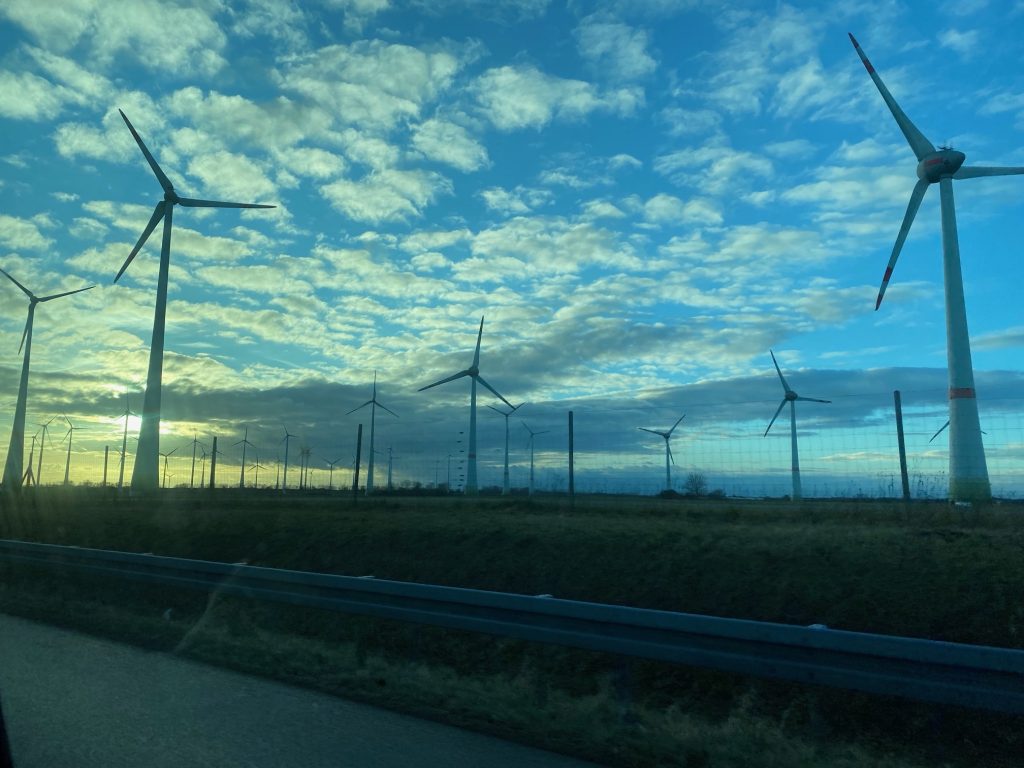
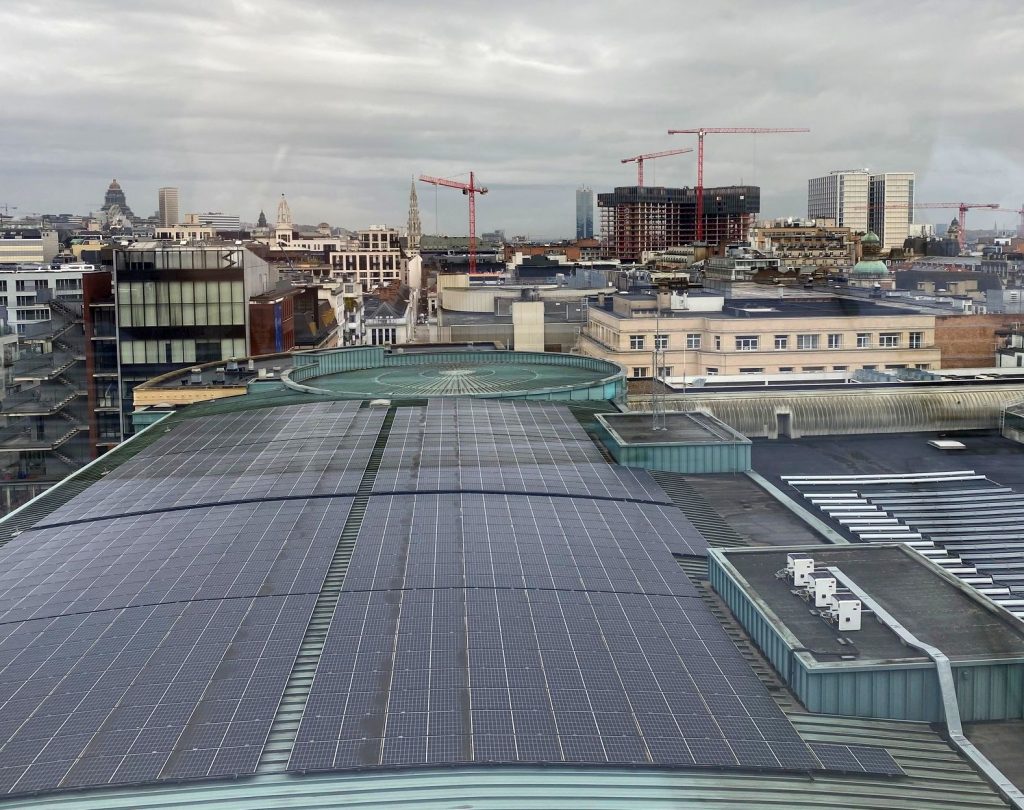
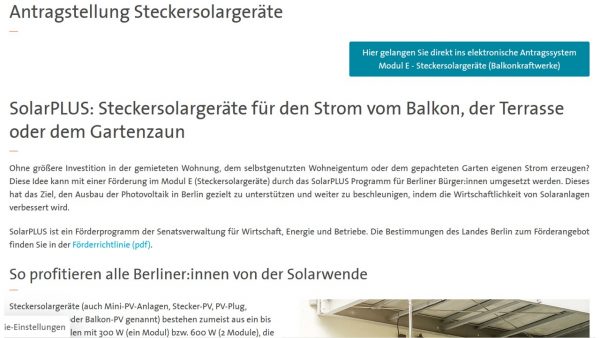
 Die
Die